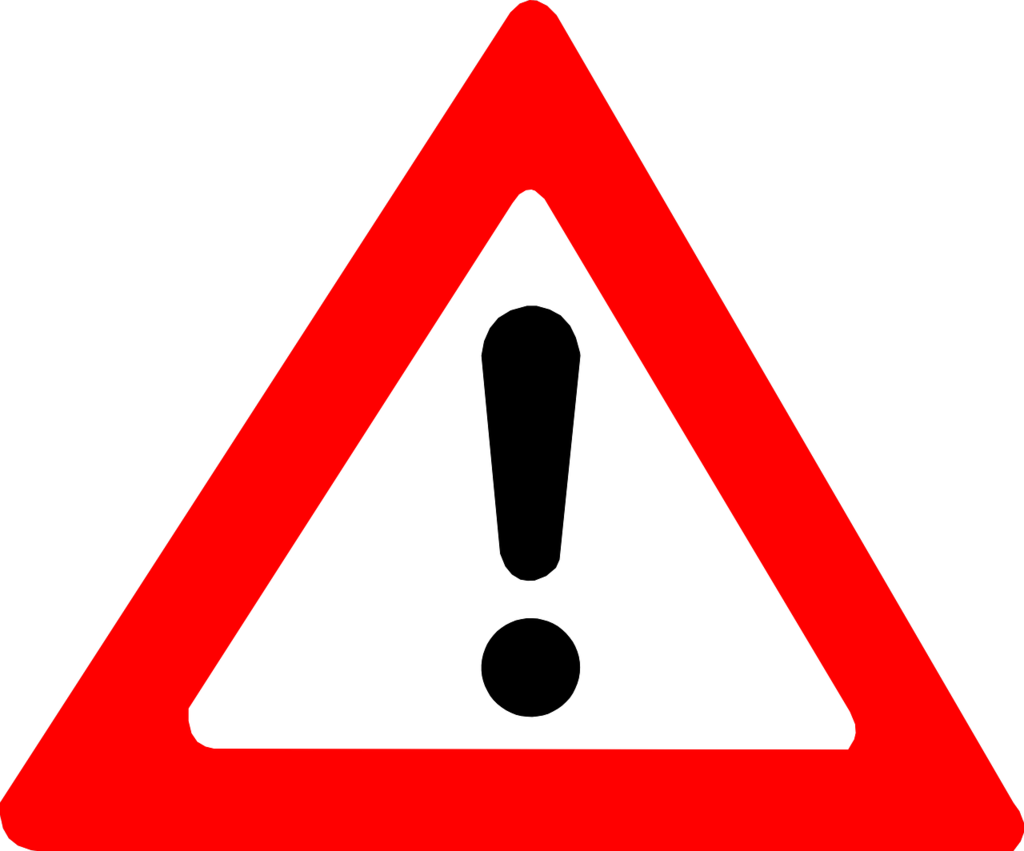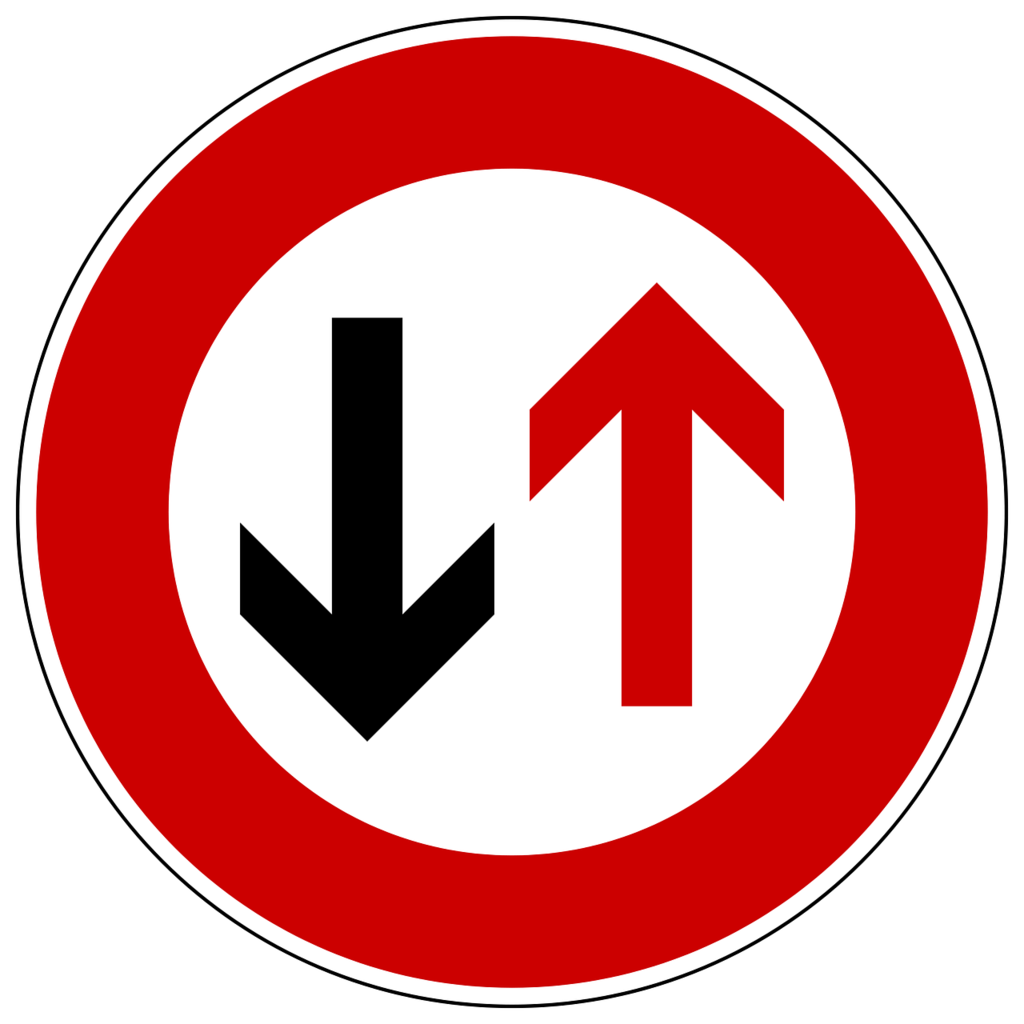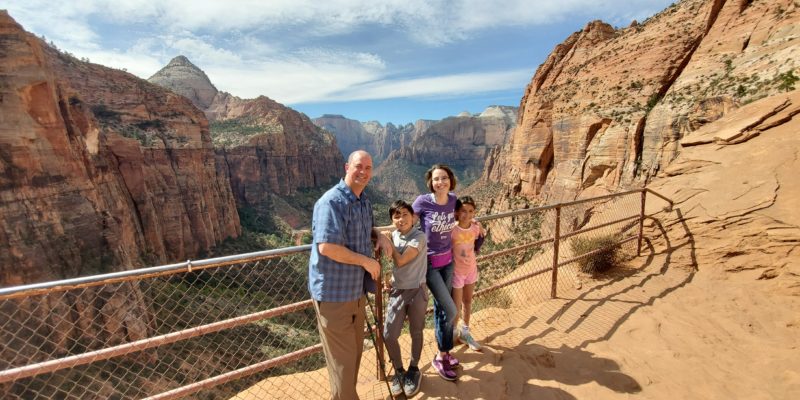Like the other New Testament Gospels, which were written as ancient biographies of Jesus, John devotes the majority of his text to the words, deeds, and events of Jesus’s life leading to His crucifixion and stunningly unexpected resurrection.
John 20 records that Jesus appeared to His disciples giving them peace, assurance, and knowledge that He truly had returned. He calmed the tears of beloved Mary. He showed Himself to the disciples, breathing the Holy Ghost to them. And He empowered them with undeniable knowledge of His resurrection when He let them touch His resurrected body. Thomas, speaking for all, declared in grateful humility, “My Lord and my God” (John 20:28).
For the millions and billions of us not blessed with the opportunity to be in the intimate group of disciples who saw Jesus soon after His resurrection, Jesus reassuringly says to all of us, through His words to Thomas, “Thomas, because thou hast seen me, thou hast believed: blessed are they that have not seen, and yet have believed” (John 20:29).
How can we believe when we have not seen?
This is the why of John’s gospel!
After recording these glorious episodes of Jesus’s post-resurrection interactions with His disciples, John reveals why he wrote his gospel: that we too might believe.
“And many other signs truly did Jesus in the presence of his disciples, which are not written in this book: But these are written, that ye might believe that Jesus is the Christ, the Son of God; and that believing ye might have life through his name.” (John 20:30-31, emphasis added)
If you were writing, what would you write about? Would you choose to write to convince people that Jesus is the Christ? That is why John wrote. John wanted his readers to “believe that Jesus is the Christ, the Son of God.”
If you were trying to convince someone, through your writing, that Jesus is the Christ, how would you do it? Of all the things that Jesus said, which specific words of Jesus would you record and why? Of all the things that Jesus did, which deeds would you put to paper to endure in the memory of readers across the ages? What signs, symbols, or tokens would you make use of to point someone to the reality that Jesus is the Christ?
What Is a Sign?
The underlying Greek word for “sign” is semeion, which is a sign, symbol, token, message, miracle, or wonder. A “sign” or semeion is something that stands in place of a larger reality. A “sign” or semeion points to truths greater than itself. A “sign” or semeion is a token that represents something else, that draws the mind to see anew.
I’ve emphasized the word “signs” in the quote at the beginning of this article because of its significance to why John wrote his gospel.
John used “signs” to unmistakably point the way to Jesus.
John used “signs” to unmistakably signal that Jesus is the Way.
What Is a Token?
Let’s pause for a moment on the word token. I love this word. So beautiful and simple. Recently I learned that the word token comes from the same root word as teacher. Both teacher and token mean “to show, to present, to point out, to explain, to demonstrate, to declare (to make clear).”
What does a teacher do? They point and signal to greater realities. A teacher lifts the sights and perspectives of learners. A teacher delivers tokens, or symbols, to learners of greater things yet to come, of more beautiful realities to experience.
So the signs we see in the Gospel of John are teachers to us, tokens that beckon us forward to taste of the fruit of God’s love, much like Lehi did in his dream of the tree of life. Lehi was a teacher, who pointed the way, who showed the way, who gave signs of the love of God so that people could know for themselves that Jesus is their Savior.
If we explore the rest of the Gospel of John looking for signs, or tokens, that Jesus is the Son of God, we find in abundance.
Signs in the Gospel of John
John guides us by using the word semeion (“sign”) on seven occasions in his Gospel.
Sign 1: Changing the water to wine at the wedding in Cana (John 2:1-11)
Sign 2: Healing the government official’s son in Capernaum (John 4:46-54)
Sign 3: Healing the lame man at the pool of Bethesda (John 5:1-15)
Sign 4: Feeding of the 5000 (John 6:5-14)
Sign 5: Jesus miraculously walking on water on the Sea of Galilee (John 6:16-24)
Sign 6: Jesus heals the blind man (John 9:1-7)
Sign 7: Jesus raises Lazarus from the dead (John 11:1-45)
If we read the Gospel of John through the lens of “How does this Gospel make the case that Jesus is the Son of God?” (whether or not John used the Greek word semeion in the passage) we would find a multitude of witnesses. And we know that John could have shared many more signs of who Jesus is, “And many other signs truly did Jesus in the presence of his disciples, which are not written in this [Gospel]” (John 20:30, emphasis added).
Here are some additional signs from the Gospel of John that I think of as witnesses that Jesus is the Christ:
- John the Baptist witnesses that Jesus is the Messiah (John 3:27-30)
- Jesus is compared to John the Baptist, who never did any signs but was considered a true man of God (John 10:40-42)
- Jesus is crucified on the cross (John 19:16-30)
- Jesus is resurrected (John 20:1-17)
- Jesus helps the disciples miraculously catch a large quantity of fish (John 21:1-8)
- Jesus himself is the sign!
What Should We Do?
All the Gospels (Matthew, Mark, Luke, and John) are beautiful witnesses for Jesus Christ. What makes John’s Gospel so compelling is that he clearly tells us his purpose in writing “But these [signs and tokens] are written, that ye might believe that Jesus is the Christ” (John 20:31). I see John’s thesis statement as an invitation for us to read again more closely, to look for the clues and evidence that John has shared in his Gospel. And most importantly, I see John inviting all of us to look for signs all around us that Jesus is the Christ.
So…
When you read John’s Gospel, what signs or tokens do you see that Jesus is the Christ?
And when you reflect on your life and the world around you, what are the signs or tokens you see that witness of Jesus?
Join my newsletter and receive a free humorous eBook Memoirs of the Ward Rumor Control Coordinator is a light-hearted look at our beloved Mormon Church of Jesus Christ of Latter-day Saints culture. When you join my newsletter, it’s a bit like voting for Pedro. Your wildest dreams might come true!
Study the Scriptures like never before with this free app that I helped create: ScripturePlus!








